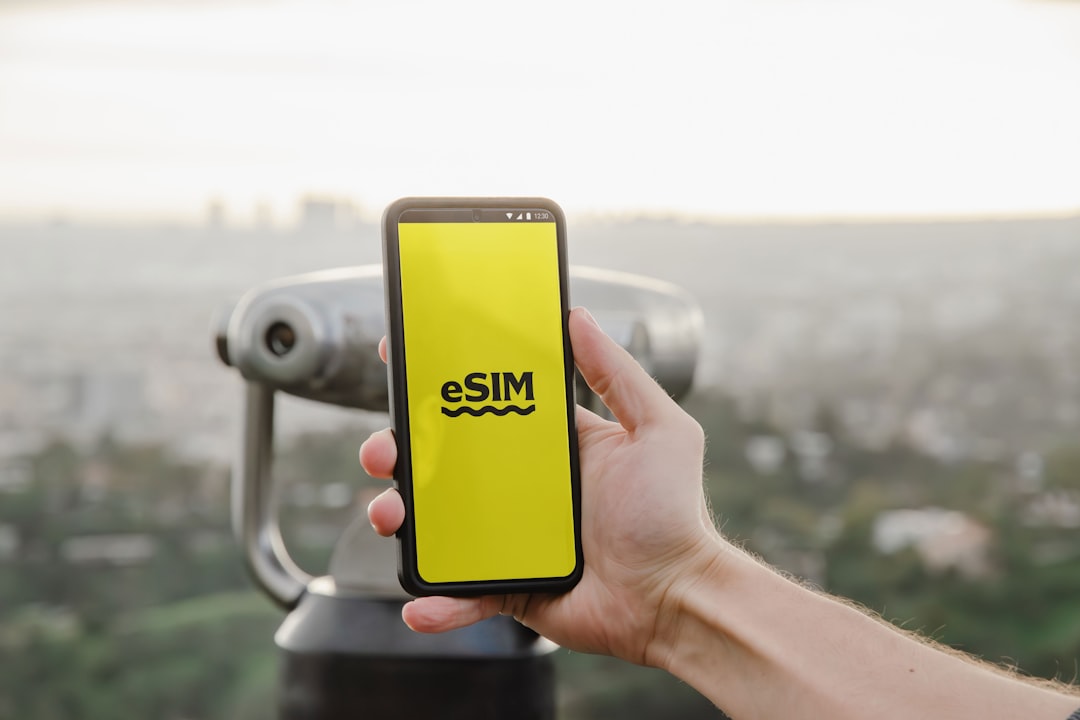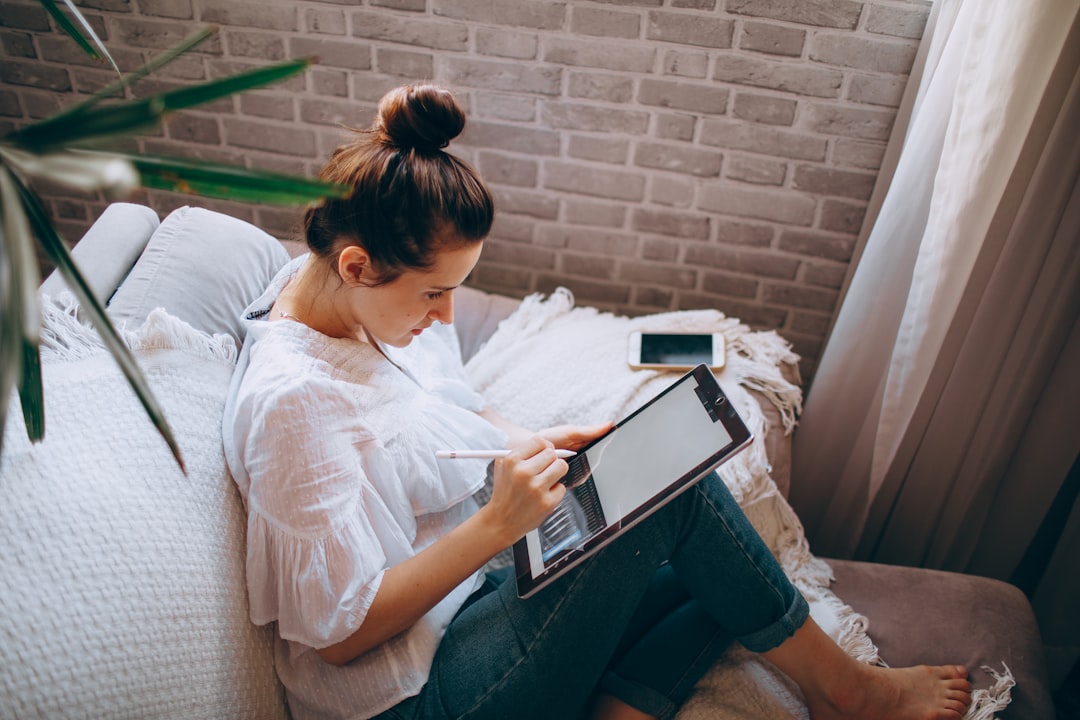Nomad Essentials Checklist For New Travelers

Introduction
Living a nomadic lifestyle is both exhilarating and demanding. The first time you decide to leave the familiar comforts of home, you quickly discover that the success of your adventure hinges on preparation. A well‑thought‑out checklist turns the unknown into a series of manageable tasks and reduces the stress that can accompany constant movement. This guide gathers the essential items, tools, and habits that new travelers should consider before they set foot on their first long‑term journey. By the end of this article you will have a clear roadmap that covers paperwork, technology, health, finances, packing strategies, safety measures, and the mental habits that keep nomads thriving on the road.
Legal Documents and Travel Essentials
A passport that is valid for at least six months beyond the date you plan to return is the cornerstone of any international trip. Before you book a flight, check the expiration date and request a renewal if needed. While many countries accept a passport that is valid for three months, extending the buffer reduces the chance of being denied entry at a border.
Visas are the next piece of the puzzle. Some destinations allow visa‑free entry for short stays, while others require a visa in advance or on arrival. Create a spreadsheet that lists each country you intend to visit, the length of stay, visa type, application deadlines, and any supporting documents such as invitation letters or proof of accommodation. Keep digital copies of all visa approvals in a cloud storage folder that you can access from any device.
Travel insurance is not a luxury; it is a safety net. Look for policies that cover medical emergencies, evacuation, trip interruption, and personal belongings. Many insurers offer plans tailored to digital nomads that include coverage for remote work equipment. Review the fine print to understand exclusions, especially for adventure activities or pre‑existing conditions.
A printed copy of your itinerary, flight confirmations, and accommodation details should be stored in a waterproof folder. Although most information is available on smartphones, having a hard copy can be a lifesaver when you lose power or encounter connectivity issues.
Financial Toolkit
Banking while on the move requires flexibility. Open an account with a bank that has low foreign transaction fees and offers a debit card that works globally. Many nomads prefer online‑only banks that provide instant card replacement and real‑time exchange rates.
A multi‑currency travel card is another valuable asset. These cards let you preload funds in several currencies, lock in exchange rates, and withdraw cash from ATMs without excessive fees. Keep a small stash of the local currency for the first 24‑48 hours in each new destination; this helps you pay for taxis, tips, or market purchases where cards are not accepted.
Budgeting apps such as YNAB, Mint, or local alternatives can track expenses across borders. Sync your bank feeds, categorize spending, and set alerts for low balances. Regularly reviewing your cash flow prevents unpleasant surprises when a visa renewal or flight change demands additional funds.
Cryptocurrency is gaining acceptance in many parts of the world. If you are comfortable with digital assets, store a modest amount in a hardware wallet for emergencies. However, remember that crypto markets are volatile and not universally accepted for everyday purchases.
Core Technology
A reliable laptop or tablet is the workhorse of the digital nomad. When choosing a device, prioritize battery life, durability, and the ability to run the software you need for your profession. A lightweight 13‑inch ultrabook with at least 16 GB of RAM strikes a balance between portability and performance.
A secondary device such as a smartphone is essential for navigation, communication, and quick photo documentation. Opt for a model with a strong global LTE/5G band support and a battery that can last a full day of heavy use. An unlocked phone lets you purchase local SIM cards as you travel, dramatically reducing roaming costs.
Connectivity accessories keep you online wherever you go. A compact travel router can create a secure Wi‑Fi network from hotel or café Ethernet ports, while a universal power adapter with USB‑C Power Delivery ensures you can charge all devices from a single source. A portable power bank with at least 20 000 mAh capacity serves as a backup during long train rides or remote workdays in the field.
Data security is non‑negotiable. Install a reputable VPN on every device to encrypt traffic on public Wi‑Fi networks. Use password managers such as 1Password or Bitwarden to generate and store complex passwords. Enable two‑factor authentication on all critical accounts, and keep an encrypted backup of important files on a cloud service like Google Drive or Dropbox.
Health and Wellness
Before you depart, schedule a comprehensive check‑up with your primary care physician. Discuss your travel plans, obtain any necessary vaccinations, and request a copy of your medical records in PDF format. A basic travel health kit should include pain relievers, antihistamines, antidiarrheal medication, band‑aids, antiseptic wipes, and any prescription drugs you take regularly.
Prescription medications deserve special attention. Fill a sufficient supply to last at least three months, and keep them in their original labeled containers. Some countries have strict regulations on certain medicines; carry a doctor’s note that explains the prescription and dosage.
A portable first‑aid kit can be assembled with a small roll of gauze, elastic bandage, tweezers, and a digital thermometer. For outdoor enthusiasts, consider adding a compact water purification system, insect repellent, and a lightweight sunscreen with broad‑spectrum protection.
Mental health is equally important as physical health. The nomadic lifestyle can be isolating, and the constant adaptation to new environments may trigger anxiety or burnout. Establish a daily routine that includes exercise, mindfulness practices, and regular video calls with friends or family. Many travelers find that journaling helps process experiences and track personal growth.
Packing Philosophy
The mantra “pack light, travel far” is more than a catchy slogan; it is a practical approach that reduces fatigue and simplifies logistics. Start by categorizing items into three groups: essential, nice‑to‑have, and optional. Only the essential items should make it into your main carry‑on bag.
Clothing
Choose versatile pieces that can be mixed and matched. Neutral colors such as black, navy, gray, and earth tones pair well together, allowing you to create multiple outfits from a limited wardrobe. Prioritize fabrics that resist wrinkles and dry quickly, such as merino wool, polyester blends, and performance stretch materials.
A typical clothing set for a month might include:
- Four short‑sleeve shirts or tops
- Two long‑sleeve shirts for cooler evenings
- Two pairs of lightweight trousers or jeans
- One pair of athletic or travel leggings
- One dress or skirt for occasions that call for a smarter look
- Three sets of underwear and three pairs of socks (preferably quick‑dry)
- One lightweight jacket that is water‑resistant
- One insulated layer for colder climates
If you travel to a region with distinct seasons, consider buying a few local items on arrival to avoid overpacking.
Toiletries
A travel‑size toiletry kit fits easily into a zip‑lock bag. Include a solid shampoo bar, a toothbrush, a small tube of toothpaste, a razor, and a multi‑purpose soap that works for body and laundry. A compact microfiber towel replaces bulky cotton towels and dries quickly.
Gear
A sturdy yet lightweight backpack or suitcase serves as the foundation of your gear. Look for a bag with a capacity of 30‑40 liters, a rain cover, and lockable zippers. Inside, use packing cubes or compression sacks to keep items organized and compress clothing volume.
A reliable daypack of 15‑20 liters is useful for daily excursions, market trips, or short hikes. Choose one with a laptop compartment if you prefer to keep your work device separate from your main bag.
A travel journal, a pen, and a small sketchbook allow you to capture thoughts and inspirations on the go.
Safety and Security
Personal safety starts with awareness. Research each destination’s local customs, common scams, and safe neighborhoods before you arrive. Keep a copy of emergency numbers—local police, ambulance, and your country’s embassy—on your phone and in a physical note.
Digital Security
Beyond a VPN, use encrypted messaging apps such as Signal for sensitive conversations. Regularly update the operating system and applications on all devices to patch security vulnerabilities. If you work with confidential client data, consider using a portable encrypted hard drive that can be locked away when not in use.
Physical Security
A theft‑proof backpack with lockable zippers, hidden pockets, and cut‑resistant material deters opportunistic pickpockets. When staying in hostels or shared accommodations, use a portable door lock or a door alarm to add an extra layer of protection.
Carry a small, discreet money belt or hidden pouch for cash, passport, and important cards. Distribute copies of critical documents across multiple locations—one set in a cloud folder, another in a sealed zip‑lock bag inside your daypack, and a third in a secure location at your home address.
Health Emergencies
Know the location of the nearest hospital or clinic in each city you visit. If you have a chronic condition, carry a medical alert card that lists your condition, medications, and emergency contacts. In case of severe illness or injury, a reputable travel insurance provider will handle evacuation and treatment costs, but you must act quickly to contact them.
Work Setup on the Road
A reliable workspace is essential for digital nomads who earn a living online. While many cafés provide free Wi‑Fi, the quality and speed can vary dramatically. Invest in a lightweight, portable laptop stand and an external keyboard to improve ergonomics when you work from a coffee shop or co‑working space.
Co‑working spaces are growing in popularity worldwide and often offer high‑speed internet, meeting rooms, and networking events. Many provide day passes or monthly memberships that can be more cost‑effective than constantly hunting for cafés with stable connections.
When you cannot rely on a stable internet connection, download necessary files for offline work. Use cloud‑based document editors that sync automatically once you regain connectivity. Set realistic expectations with clients about response times when you are traveling through areas with limited bandwidth.
Community and Connection
Loneliness can creep in when you spend months moving from place to place. Building a network of fellow travelers and locals helps mitigate this feeling and opens doors to new opportunities.
Online Communities
Join nomad‑focused forums, social media groups, and Discord servers. Platforms such as Reddit’s r/digitalnomad, Nomad List, and Facebook groups dedicated to specific regions provide valuable advice, meet‑up announcements, and job leads.
In‑Person Meet‑ups
Attend local meet‑ups, language exchanges, or co‑working events. Websites like Meetup.com list gatherings for expats, entrepreneurs, and hobbyists. Even a quick conversation with a barista can lead to a friendship or a tip about a hidden gem in the city.
Volunteering and Skill‑Sharing
Offering a skill—whether it’s web design, photography, or teaching English—can create meaningful connections. Many hostels and NGOs welcome volunteers, and the reciprocity builds trust within the community.
Sustainable Travel Practices
Traveling responsibly protects the places you love to explore. Reduce single‑use plastic by carrying a reusable water bottle and a set of cutlery. Choose accommodations that prioritize eco‑friendly practices such as energy conservation, waste reduction, and local sourcing of food.
When possible, use public transportation, bicycles, or walking instead of taxis and rideshares. Supporting local businesses—street food vendors, family‑run guesthouses, and artisans—injects money directly into the community and creates a more authentic experience.
Managing Legal and Tax Obligations
Living a nomadic lifestyle does not exempt you from tax responsibilities in your home country. Research the tax residency rules that apply to you, especially if you spend more than 183 days in a foreign nation. Consult a tax professional who understands expatriate and digital nomad scenarios.
Maintain clear records of income, expenses, and travel dates. Use accounting software to generate reports that can be shared with accountants or tax authorities. Staying organized throughout the year prevents last‑minute scrambling and potential penalties.
Checklist Summary
Below is a consolidated list of items and actions to complete before you embark on your first long‑term journey.
Documentation
- Valid passport (minimum six months beyond return)
- Required visas for each destination
- Travel insurance policy with medical and evacuation coverage
- Printed itinerary, flight confirmations, and accommodation details
- Digital copies of passport, visas, and insurance stored in cloud
Finances
- Low‑fee global bank account and debit card
- Multi‑currency travel card with pre‑loaded local cash
- Budgeting app synced to accounts
- Small amount of cryptocurrency (optional)
Technology
- Laptop or tablet with adequate specs for work
- Unlocked smartphone with global band support
- Travel router, universal power adapter, and USB‑C charger
- Portable power bank (≥20 000 mAh)
- VPN, password manager, and two‑factor authentication enabled
Health
- Comprehensive medical check‑up and vaccinations
- Travel health kit with basic medications and supplies
- Prescription medications with doctor’s note
- First‑aid kit for minor injuries
- Mental health routine (exercise, mindfulness, communication)
Packing
- 30‑40 liter backpack or suitcase with rain cover
- Daypack (15‑20 liters) for daily use
- Versatile clothing set (neutral colors, quick‑dry fabrics)
- Travel‑size toiletries and solid shampoo bar
- Packing cubes or compression sacks for organization
Safety
- Theft‑proof backpack with lockable zippers
- Portable door lock or alarm for shared accommodations
- Money belt or hidden pouch for cash and documents
- Emergency numbers and local embassy contacts saved offline
Work Setup
- Laptop stand and external keyboard for ergonomics
- Membership or day passes to co‑working spaces
- Offline copies of essential work files
- Clear client communication about connectivity limitations
Community
- Join online nomad forums and Discord servers
- Attend local meet‑ups and co‑working events
- Offer volunteer services or skill‑sharing opportunities
Sustainability
- Reusable water bottle and cutlery set
- Choose eco‑friendly accommodations
- Prioritize public transport, walking, or cycling
- Support local businesses and artisans
Legal & Tax
- Understand tax residency rules for home country and host nations
- Keep organized records of income, expenses, and travel dates
- Consult a tax professional familiar with digital nomads
Final Thoughts
Embarking on a nomadic journey is a bold step toward freedom, self‑discovery, and a life unbounded by geography. The checklist above equips you with the practical tools and mindset needed to navigate the inevitable challenges that arise when you live on the move. Remember that preparation does not mean rigidity; the ability to adapt remains the most valuable skill of all. As you cross borders, meet new people, and work from cafés in distant cities, let the checklist serve as a steady anchor while you explore the ever‑changing horizon. Safe travels, and enjoy the adventure that awaits.
Random Posts

From Apps to Audiobooks The Nomads Learning Kit
Discover the Nomads Learning Kit, a portable collection of top apps, audiobooks, books and courses that work offline, boost productivity, and turn travel time into focused skill building.
2 months ago

A Comprehensive Handbook of Nomad‑Friendly Technology and Content
A quick guide to the best tools for digital nomads, from global eSIMs and offline-ready apps to must-read books and podcasts, each chosen for ease, cross-platform support and budget-friendliness.
2 months ago

Practical Tips For Starting A Nomadic Life
Start a nomadic life by swapping a fixed address for flexibility, decluttering to free space, and building a steady income buffer. Embrace uncertainty as growth and plan for multiple outcomes.
2 weeks ago

Mastering Remote Work with Proven Productivity Tools
Learn the top productivity tools for remote work and how to blend them into a seamless system that boosts focus, organization, and collaboration, so you thrive, not just survive, wherever you work.
2 months ago

The Ultimate Nomad Resource Hub Apps Books Podcasts and Online Courses
Discover the ultimate nomad toolkit: curated apps, books, podcasts and courses that boost productivity, simplify travel and help you thrive anywhere. Build your perfect remote life arsenal today.
2 months ago
Latest Posts

Essential Software Every Remote Professional Should Use
Master remote work with essential tools: instant messaging like Slack, high definition video calls such as Zoom, and asynchronous voice apps. Streamline communication, stay connected and boost productivity.
1 day ago

Mastering Remote Work Productivity for Digital Nomads and Freelancers
Learn proven habits, tools, and tactics that help digital nomads and freelancers stay focused, deliver quality work, and maintain a sustainable lifestyle while traveling the world.
1 day ago

Tech‑Friendly European Towns Perfect for Remote Living
Discover Europe’s best small towns where fast internet, affordable living and vibrant tech communities let you work remotely while soaking up historic charm, lakeside views or mountain air.
1 day ago